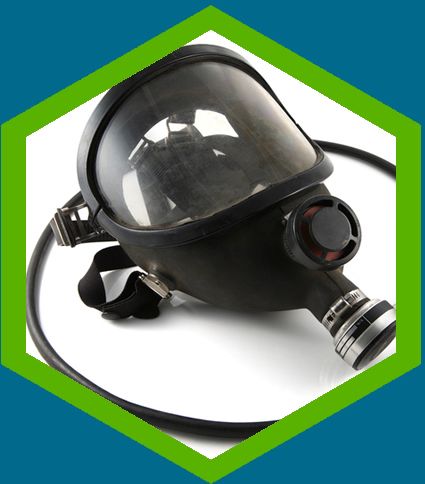Contamination in compressed air used for breathing is a serious health risk. Employers must ensure that the air supplied to breathing apparatus is thoroughly tested by a competent person at intervals specified by risk assessment.
The volume flow and the quality of the compressed breathing air supply should be tested at least every 3 months or whenever a mobile compressor is moved.
Legislation relating to breathable air is laid down in the Control of Substance Hazardous to Health Regulations (COSHH). Under COSHH, the employer must assess any risk to employee’s health arising from exposure to hazardous substances. The employer has a duty of care to control such exposures.
The Health and Safety Executive have issued Approved Code of Practice (ACOP) L5, to provide guidance on compliance with the COSHH Regulations. In addition, they have issued Health and Safety Guidance 53 (HSG53), to provide guidance on the provision of respiratory protection, including breathing apparatus.
BSEN 12021 stipulates the minimum quality standards for breathable compressed air and includes the levels for oxygen, carbon monoxide, carbon dioxide, lubricants, water, other types of contaminants and odour.
The maximum permissible water content of air at atmospheric pressure is also specified and summarised as follows:
- Air @ nominal pressure 40-200 bar, maximum water content is 50 mg / m3
- Air @ nominal pressure > 200 bar, maximum water content is 35 mg / m3
The standard also states that the maximum water content of compressed air used to fill 200 or 300 bar cylinders should not exceed 25 mg/m 3.
Testing is undertaken by our competent personnel using a calibrated Safe-Air Tester kit. The breathing-air supply is subjected to an automatically controlled test against the requirements of EN12021:2014.







